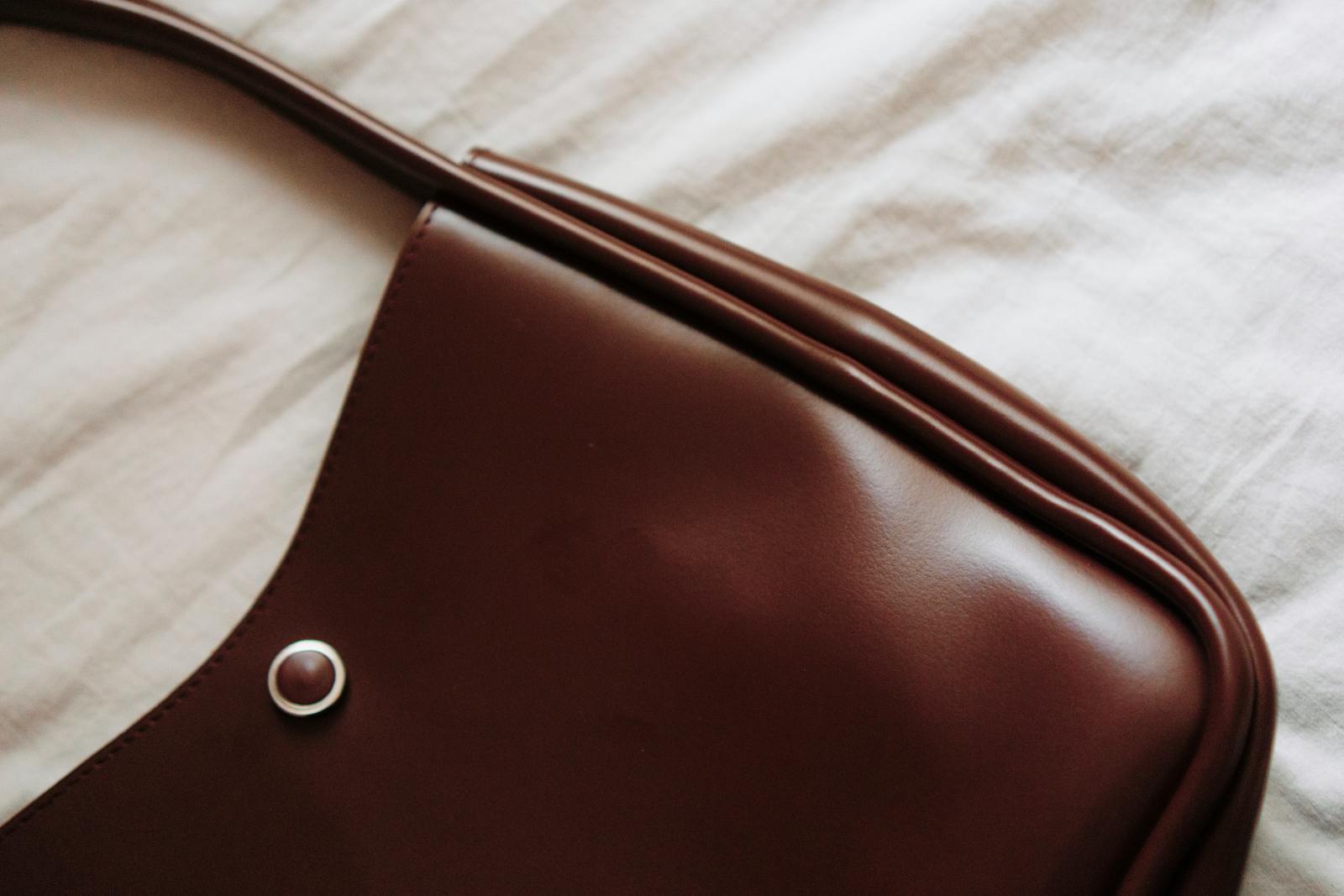As a photography enthusiast, I’ve experienced the frustration of carrying camera equipment in ordinary backpacks—disorganized gear, inconvenient access, and constant worry about damaging expensive cameras. It wasn’t until I invested in my first professional camera backpack that I truly understood how the right tool can dramatically enhance the photography experience. This article shares my years of experience using various camera backpacks, combined with the latest market trends in 2025, to recommend the best specialized backpacks for different photography scenarios.
Regular Backpack vs. Camera Backpack: Why Professional Photographers Choose the Latter
Many photography beginners ask: “I already have a regular backpack, why do I need a specialized camera backpack?” Simply put, the differences are:
- Internal structure: Camera backpacks feature adjustable dividers that precisely secure camera bodies, lenses, and flashes
- Quick access: Side or back opening designs allow gear retrieval without fully opening the bag
- Shock protection: Thickened cushioning materials effectively reduce vibration damage while walking
- Anti-theft features: High-end camera backpacks typically include hidden zippers and security locks to protect expensive equipment
- Water resistance: Professional waterproof fabrics and rain covers protect equipment during unexpected adverse weather
Research shows that over 85% of professional photographers use specialized camera backpacks rather than regular ones. This isn’t just for convenience—it’s basic protection for equipment worth thousands or even tens of thousands of dollars.
2025 Camera Backpack Market Trend Analysis
Compared to five years ago, several notable trends have emerged in the 2025 camera backpack market:
- Modular Design Dominance Modern camera backpacks increasingly emphasize customizability, with many brands launching modular systems that allow users to adjust internal layouts according to different shooting tasks. Peak Design’s new Everyday series is a typical example, with its flexible FlexFold divider system receiving countless positive reviews.
- Balance Between Lightweight and Durability Recent years have seen breakthroughs in backpack material technology. New composite materials like improved Dyneema and carbon fiber-reinforced nylon have reduced backpack weight by 30% while increasing durability.
- Smart Feature Integration Some high-end camera backpacks now incorporate smart functions such as built-in USB charging ports, GPS trackers, and NFC anti-theft systems. While these features increase price, they significantly enhance equipment security and convenience.
- Eco-Friendly Materials Recycled polyester, organic cotton, and PFC-free waterproof coatings have become standard for premium backpacks, responding to photographers’ demand for sustainable products.
Camera Backpack Selection for Different Shooting Scenarios
Urban Street Photography: Flexibility and Lightness Rule
In urban environments, you need an inconspicuous backpack that allows quick access to equipment. Recommended features:
- Side quick-access design
- Compact volume, typically 15-20L capacity is sufficient
- Non-obvious “camera bag” appearance to reduce theft risk
- Additional storage space for personal items
Best Urban Street Photography Backpacks of 2025:
- Peak Design Everyday Backpack V3 (Best Overall Performance)
- Moment Rugged Camera Sling (Best Shoulder Design)
- Wandrd PRVKE 21L (Best Discreet Design)
Landscape Photography: Weather Resistance and Capacity Are Key
Extended outdoor shooting requires consideration of weather changes and equipment capacity. Key features:
- Excellent waterproofing and included rain cover
- Tripod/monopod external attachment system
- Ergonomic carrying system suitable for long hikes
- 30-40L large capacity, sufficient for multiple lenses and filter systems
Top Choices for Landscape Photography Backpacks in 2025:
- Shimoda Explore V3 (Professional-Grade Comfort)
- Lowepro ProTrekker 400 AW III (Best Weather Protection)
- F-Stop Ajna (Number One in Modular Internal Systems)
Professional Commercial Photography: Protection and Organization Are Paramount
Commercial photographers typically need to carry multiple bodies, lenses, and lighting equipment. Core requirements:
- Robust protection system
- Highly organized internal structure
- Wheeled system for easy airport and indoor movement
- Compliant with carry-on luggage standards
Best Choices for Commercial Photography in 2025:
- Think Tank Airport Accelerator 2.0 (Essential for Travel Photographers)
- Pelican MPB (Ultimate Equipment Protection)
- LowePro PhotoStream RL 150 (Best Wheel Design)
Common Misconceptions When Buying Camera Backpacks
Misconception 1: Focusing Only on Brand While Ignoring Applicability
Many photographers blindly pursue big brands while neglecting their actual needs. For example, a portrait photographer who purchased an outdoor photography backpack known for waterproofing, only to discover that the internal space design wasn’t suitable for frequent lens changes.
Misconception 2: Excessive Pursuit of Capacity
Beginners often overestimate their equipment needs and purchase oversized backpacks. This not only adds unnecessary weight and volume but also increases the risk of damage as equipment shifts inside the bag. Ideally, the backpack interior should precisely fit your core equipment, leaving only 10-15% additional space.
Misconception 3: Neglecting Ergonomic Design
Some photographers focus excessively on protective features and appearance while ignoring carrying comfort. During extended shooting sessions, inappropriate shoulder strap design and weight distribution can cause serious back pain, affecting the creative experience.
How to Judge Camera Backpack Quality? Professional Evaluation Criteria Revealed
As a seasoned user who has experienced dozens of camera backpacks, I’ve summarized the “Five-Point Method” for judging backpack quality:
- Stitching Density and Firmness Check if the backpack’s stitching is dense and uniform, especially reinforced stitching at weight-bearing points. High-quality backpacks typically use 8-10 stitches per inch.
- Zipper Smoothness and Strength YKK zippers are the industry standard, but also pay attention to zipper thickness and smooth operation. Waterproof zippers may feel slightly rough but provide better protection.
- Carrying System Design Quality backpacks have shoulder straps filled with high-density memory foam, waist belts that effectively distribute 50-60% of the weight, and rationally designed ventilated back panels.
- Fabric Abrasion Resistance Nylon fabric should reach at least 600D (denier) density, especially in bottom areas. Rub the fabric firmly with your fingers to check for pilling or deformation.
- Internal Divider Adjustment Flexibility Dividers should be easy to remove and reconfigure, with sufficient velcro area to ensure secure attachment.
Best Camera Backpack Recommendations by Price Range
Entry-Level (¥500-1200 / $70-170)
- Mowlab Explorer 25L The king of cost-performance, offering basic protection and reasonable storage space, suitable for weekend photography enthusiasts.
- Lowepro ProTactic 350 AW II An upgraded version of a classic model, the top choice for entry-level modular design.
Mid-Range Professional (¥1200-2500 / $170-350)
- Manfrotto Street Series A perfect combination of Italian design aesthetics and practical functionality, especially suitable for mirrorless system users.
- Sirui HikePro Series A standout among domestic brands, with waterproofing and carrying systems approaching high-end brands.
High-End Flagship (¥2500+ / $350+)
- Peak Design Travel Backpack 45L Possibly the most intelligent modular design currently on the market, multi-purpose, with impeccable attention to detail.
- F-Stop Tilopa 50L The dream choice for professional landscape photographers, with an Internal Camera Unit (ICU) system leading the industry.
Camera Backpack Maintenance Tips
Even the highest quality camera backpacks require proper maintenance to extend their lifespan:
- Regular Cleaning: Monthly use a soft brush to clean dust from zipper tracks and wipe exterior fabrics with a damp cloth.
- Zipper Care: Quarterly treatment with specialized zipper lubricant to prevent sticking and rusting.
- Waterproofing Renewal: For outdoor photography backpacks, apply DWR waterproofing spray renewal every 6-12 months.
- Storage Precautions: When not in use, fill with soft items to maintain the backpack’s shape and store in a cool, dry place.
Conclusion: Investing in a Camera Backpack Protects Your Creative Tools
Choosing the right camera backpack isn’t just about convenience—it’s necessary protection for your expensive equipment. The 2025 camera backpack market offers unprecedented diversity, from lightweight street photography shoulder bags to robust outdoor adventure backpacks, allowing every photographer to find their ideal match.

